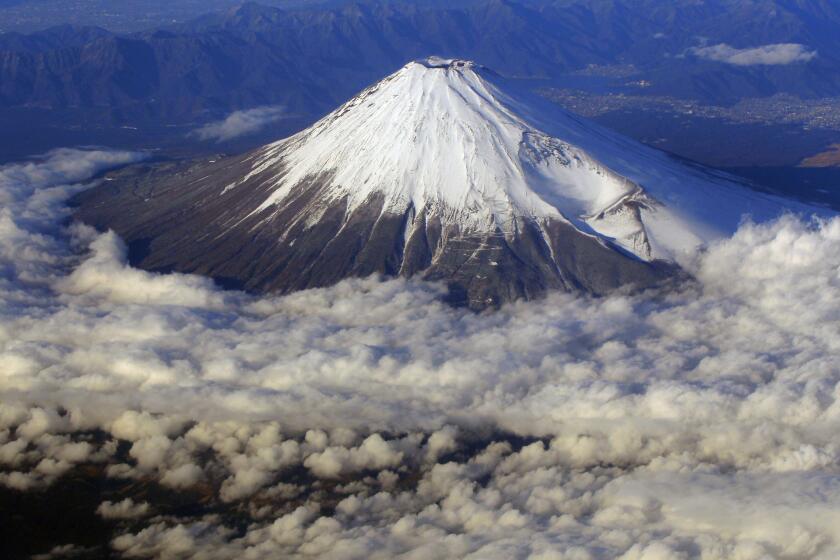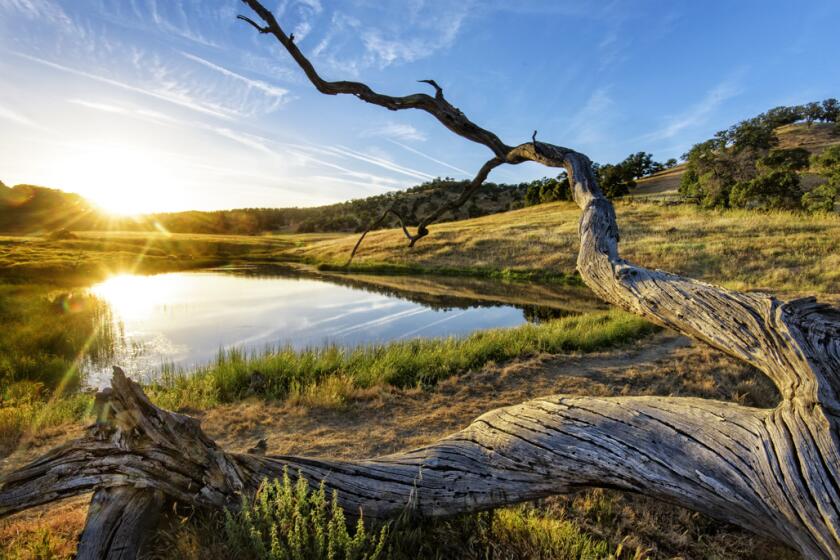Notes about your surroundings
Bird land--Guided public tours of the Bolsa Chica wetlands will be held Saturday morning. The tours, sponsored by Amigos de Bolsa Chica, will depart from the wetlands’ ecological reserve every 20 minutes beginning at 9 a.m. The last tour will depart at 10:30 a.m.
Originally a 2,300-acre estuary, Bolsa Chica, meaning “little pocket” in Spanish, has undergone major changes since 1890 when much of the marshland was drained for farming. In 1899, sportsmen built a dam across outer Bolsa Bay to restrict tidal flow into the marsh. They later constructed ponds and levees to facilitate duck hunting. The outer bay’s ocean opening soon silted up, so the hunters dug a channel from the bay into what is now Huntington Harbour.
Habitats within Bolsa Chica include open water, intertidal mudflats and a diverse salt marsh community of cordgrass, saltgrass and pickleweed. Non-tidal portions of the lowland contain solid stands of salt flats and grasses. Iceplant, sea rocket and sand verbena grow on the dunes between the lowland and Pacific Coast Highway. Wildlife includes herons, terns and Belding’s savannah sparrows, black-necked stilts, side-blotched lizards and rattlesnakes; kestrels, hawks and owls hunt over the mesas.
Above outer Bolsa Bay is a midden known as the Cogged Stone Site, which has yielded more than 400 carved, disc-shaped stones dated to around 2,500 B.C. Cogged stones, whose purpose is unknown, have been found in only two areas in the Western Hemisphere--coastal Southern California and Central Chile.
Those who would like to take this free tour are asked to meet at the ecological reserve on Pacific Coast Highway about half a mile south of Warner Avenue, across from Bolsa Chica State Beach.
Sign up for The Wild
We’ll help you find the best places to hike, bike and run, as well as the perfect silent spots for meditation and yoga.
You may occasionally receive promotional content from the Los Angeles Times.



